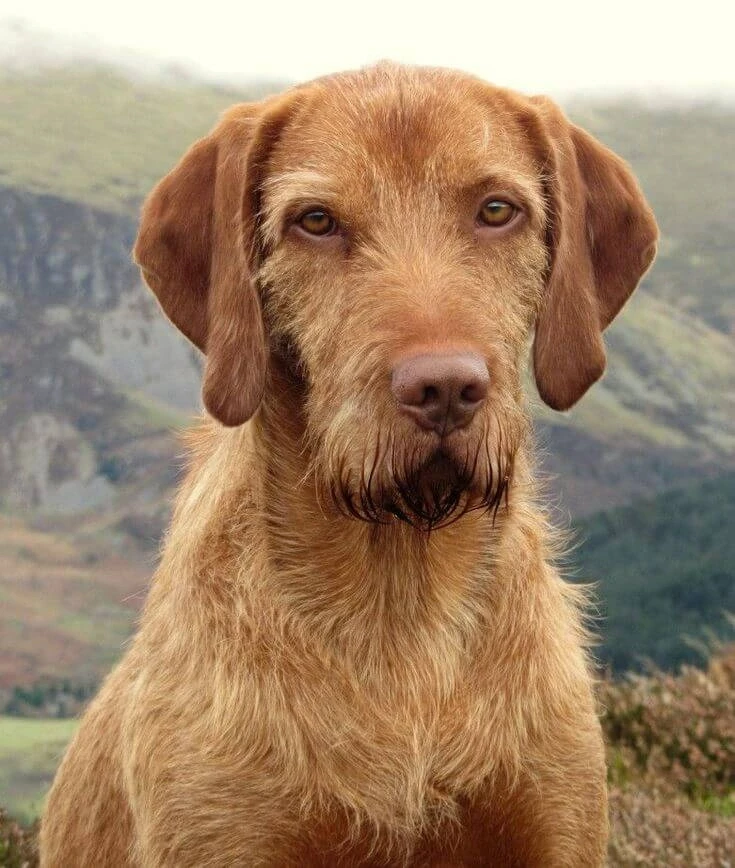
Wirehaired Vizsla
About
The Wirehaired Vizsla is an intelligent, loyal, and active breed that makes an excellent companion for individuals and families who enjoy an active lifestyle. With their friendly nature, high trainability, and strong work ethic, they thrive in homes where they receive plenty of exercise, training, and attention. Their combination of affection, athleticism, and devotion ensures they are a cherished member of any household that can meet their needs and appreciate their lively spirit.
 Breed Size
Breed Size
-
Weight (Male)
25-30 kg
-
Weight (Female)
20-25 kg
-
Height (Male)
55-64 sm
-
Height (Female)
55-64 sm
 Coat
Coat
-
Fur Type
Wiry
-
Color
One color
 Care
Care
-
Walk
>60 minutes/day
-
Breed group
Sporting Group
-
Breed Size
M
-
Demeanor category
Alert/Responsive
 Breed Traits
Breed Traits
-
Barking
-
Good with young children
-
Drooling
-
Energy level value
-
Grooming frequency value
-
Good with other dogs
-
Trainability
 Breeds Club Recognition
Breeds Club Recognition
-
Trainability Category
>Agreeable
-
Temperament
>Gentle, Loyal, Trainable
Description
The Wirehaired Vizsla is a medium-to-large hunting dog, originally bred in Hungary for tracking, pointing, and retrieving game. This breed descends from the Vizsla and German Wirehaired Pointer, resulting in an intelligent, energetic, and highly versatile companion.
- Origin: Hungary, developed for hunting and retrieving.
- Smart and trainable: Quick learner with a strong work ethic.
- Loyal and affectionate: Forms deep bonds with its family.
- Energetic and agile: Requires daily exercise and mental stimulation.
- Harsh, wiry coat: Weather-resistant but needs regular grooming.
The Wirehaired Vizsla is a devoted and hardworking companion, excelling in hunting, obedience, and agility. With proper training and early socialization, they become well-mannered, affectionate pets suited for active families and outdoor enthusiasts.
